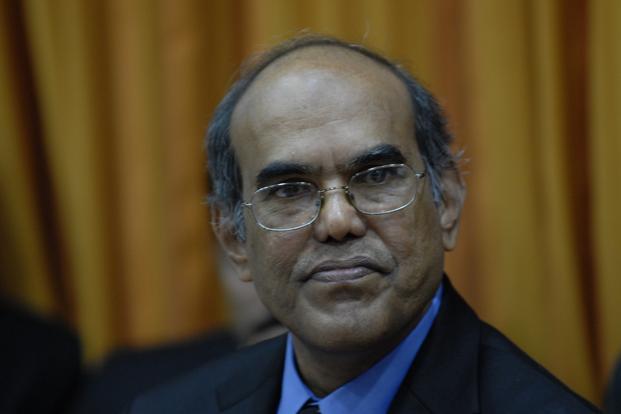The Reserve Bank of India’s (RBI’s) late evening “assurance on liquidity management” betrays nothing but nervousness of the Indian central bank with the rise in bond yields that will push up the borrowing cost of the government.
The yield on 10-year benchmark government paper, which was hovering around 8.2% before the 20 September mid-quarter monetary policy, rose to 8.87% this week after RBI raised its repurchase or repo rate. The policy did not make any statement on the liquidity situation. As an afterthought, late Wednesday evening, RBI put up the assurance on its website.
Clarifying that it has been infusing Rs.1.5 trillion into the financial system every day through various ways, the statement says, “Liquidity conditions have been tightening as reflected in the hardening of yields in the government securities market”. It has attributed quite a few reasons to it, including uncertainties around the government borrowing programme for the second half of 2013-14, banks’ half-yearly account closure (next week), the seasonal pick-up in credit demand, festival-related demand for currency and sluggish deposit growth.
The yield is firming up not because of tight liquidity. Expectations of further hikes in the repo rate have been driving the yields up. In the mid-quarter policy, RBI raised the repo rate by a quarter percentage point to 7.5% and market believes that the repo rate will rise to at least 8% by March 2014. In such a scenario, bond yield is bound go up. Instead of pressing the panic button and assuring the market of “adequate liquidity”, RBI should focus on curbing inflation expectations and, thereby, expectations of further rate increases.
RBI has promised to take appropriate actions, including open market operations (OMOs), to ensure that adequate liquidity is available to support the flow of credit to productive sectors of the economy. Indeed, OMOs will be the key to liquidity management. RBI has been generating primary liquidity through OMOs since fiscal 2009. Till then, RBI’s dollar buying was creating rupee liquidity as for every dollar it bought, an equivalent amount of rupee flowed into the system.
While banks’ swap of NRI (non-resident Indian) deposits will create rupee liquidity in the second half of the year, a substantial part of it will get neutralized by RBI’s direct dollar sale to the oil market companies as such sales will suck out rupee liquidity from the system.
In past few years, on an average, RBI has been generating around Rs.1.5 trillion through its bond-buying programme and new governor Raghuram Rajan is expected to carry on with the same practice.
On 4 September, the day he took over, Rajan issued a smart statement on banking sector reforms. The actions in the 20 September mid-quarter policy had an element of surprise, but nobody could find fault with him. But the latest liquidity assurance statement smacks of nervousness, normally not associated with Rajan.



